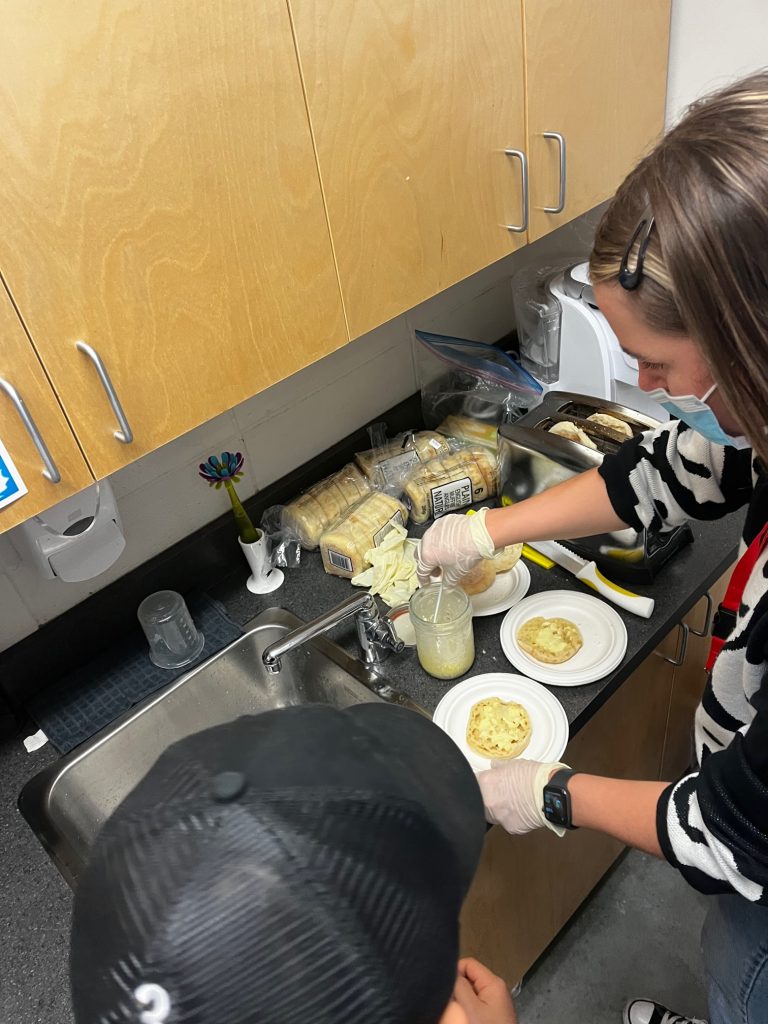Emulsion Chemistry Lab





 Today we learned about the process of emulsion by making butter. Once our butter formed we then tried it on some English Muffins, which were delicious.
Today we learned about the process of emulsion by making butter. Once our butter formed we then tried it on some English Muffins, which were delicious.
Whoever told you that oil and water don’t mix might not have considered the term “emulsion.” It is possible for tiny particles of two seemingly unmixable substances to suspend in one another like oil and water. This super scientific experiment demonstrates the magic of the invisible globule while bringing a yummy result to the table.
Milk is mostly water with about 5-10 percent protein and fat globule. Cream is milk that contains closer to 15-25 percent fat globules. What is a globule? A globule is a super tiny membrane filled with fat molecules-think of a microscopic water balloon. Because these globules are so small and fat is lighter than water, it floats. This forms a “stable suspension,” a colloid. The bigger the globules, the slower it moves resulting in thinker milk or cream.
When shaken, the globules’ membranes smash against each other and break apart like bursting water balloons. The fat then spills out and clumps together with the contents of the other burst globules, which causes the freed fat to separate from the water. As this process continues, two new substances are formed: a solid (butter) and the remaining liquid (buttermilk)!